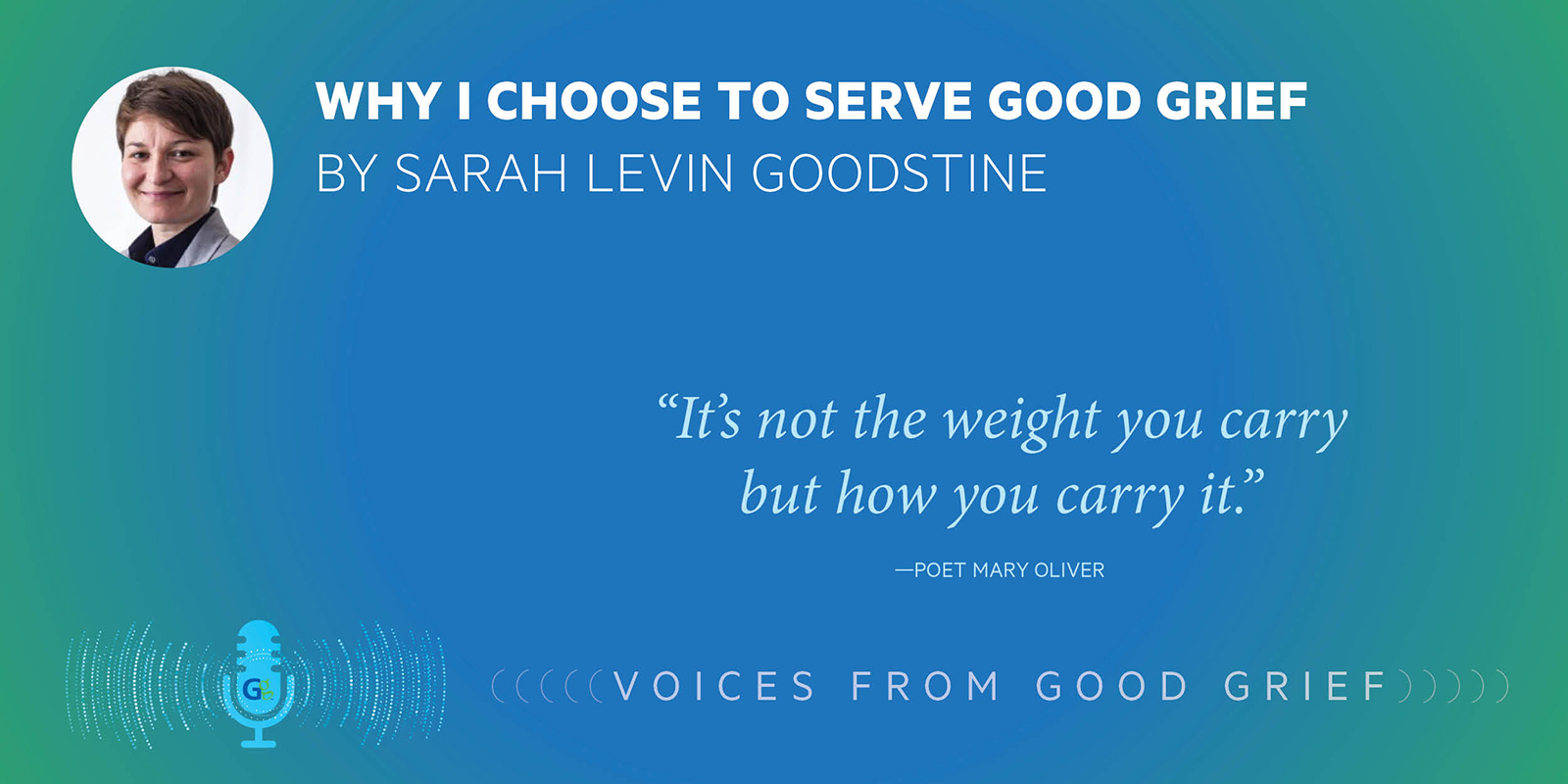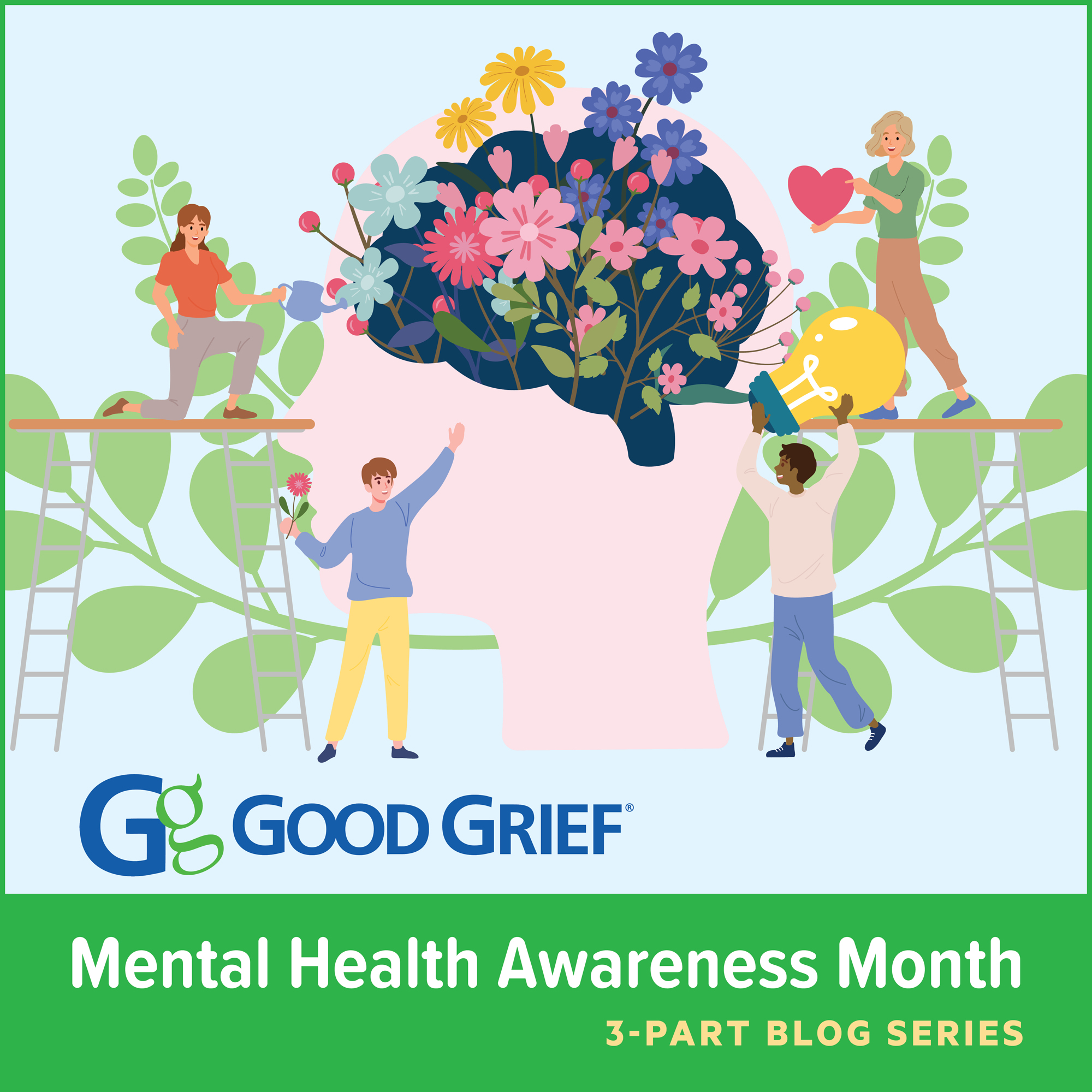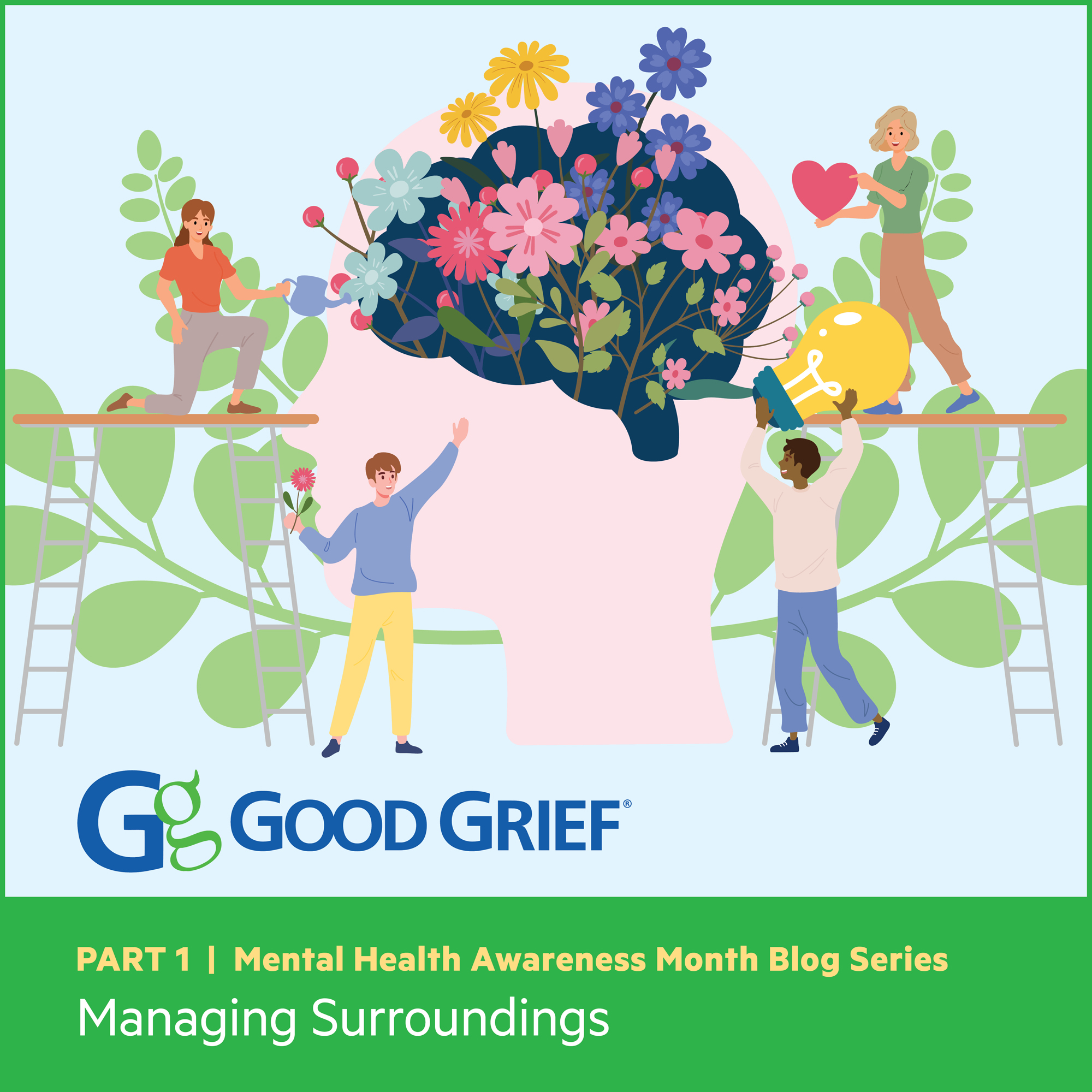
Black History Month Blog – Understanding your grief, and the grief of others (Part 3 of 3)
Black History Month Blog – Understanding your grief, and the grief of others
Part 3 of 3
This blog series sets out to provide understanding of the unique grief experiences faced by Black communities in the US. In our first blog we set out to understand what grief is and how it effects all people. One of the key techniques to processing grief is the act of telling one’s grief story. In our second blog, we explored collective grief, and how the historic racialization and associated violence Black people faced in the US fostered a unique grief experience, as well as a sense of kinship within Black communities. This kinship can heighten the grief felt by deaths throughout Black communities, particularly highly visible and publicized deaths. In this blog we will review the outsized prevalence of loss and grief amongst Black Americans. The goal of this blog series is to facilitate the telling of the Black grief story as well as provide RESOURCES to help connect with and process the unique grief story of Black people in the US.
Prevalence of Grief in Black Communities
As Da’Mere Wilson explained, to understand Black grief in the US it is important to understand collective grief, and the familial bonds and kinship formed in Black communities in part from centuries of trauma and systematic separation of Black families. In addition to facing collective grief experiences not faced by White Americans, Black Americans also face more individual grief experiences. Grief has physical impacts. And compounding losses have compounding physical impacts. This cycle creates a snowball effect of loss and grief in the Black community.
Due to historical racial inequalities in the United States, including poverty, inadequate health care, and criminal victimization, Black people in the US die at higher rates and earlier in life than White people, and therefore Black people lose more loved ones from childhood through adulthood than White people. This is referred to as “weathering” by Geronimus: repeated exposure to stressors associated with racial discrimination and disadvantage contribute to early-onset disability and death for Black Americans, particularly from young adulthood to midlife. Loss of a family member could be central to this process of cumulative disadvantage, with each additional loss furthering the weathering process.
In the article “Death of family members as an overlooked source of racial disadvantage in the United States” the authors share key data and observations that help us understand the prevalence and unique components of Black grief. Their results show a clearly higher risk of death amongst all age groups for Black Americans compared to White Americans**.
“Results indicate that blacks are significantly more likely than whites to have experienced the death of a mother, a father, and a sibling from childhood through midlife. From young adulthood through later life, blacks are also more likely than whites to have experienced the death of a child and of a spouse. These results reveal an underappreciated layer of racial inequality in the United States, one that could contribute to the intergenerational transmission of health disadvantage”.
“[Black Americans] are more likely to experience the deaths of mothers, fathers, siblings, spouses, and children and to experience multiple family member deaths. Moreover, racial differences in exposure to the death of mothers, fathers, and siblings appear early in childhood. By early to mid-adulthood, racial differences in exposure to the death of children and spouses are also significant”.
“Indeed, earlier and more frequent exposure to death is a distinctive stressor that adds to racial disparities in overall stress exposure and almost certainly results in lifelong cumulative disadvantage for children, adults, and families. Our findings highlight the spiraling damage of racial disparities in life expectancy and point to the need for interventions and policies that address bereavement and loss in high-risk populations”.
**Black Americans in the same age cohort were:
- At 3 times greater risk of losing a mother
- At 2 times greater risk of losing a father
- 20% more likely to have lost a sibling by age 10
- 2.5 times more likely to have lost a child by age 20
When it comes to multiple losses, the risk disparities are even greater:
- Black families have significantly lower odds than Whites of experiencing no family losses by age 30
- Black families have over 3 times higher odds of experiencing the death of 2 or more family members by age 30
- Black families are about 90% more likely than Whites to have experienced 4 or more deaths by age 60
- White families are 30% more likely than Blacks to have never experienced a family loss by age 60
–





